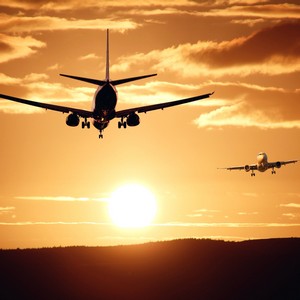
Day 1 : Departure
Depart your home country on a flight to Santa Cruz.
Meal plan: n/a
Discover hidden gems and undiscovered aspects of iconic regions on this tour of Bolivia’s best kept secrets. Explore historic Jesuit Missions and the living heritage of Chiquitos, and savour high-altitude wine at the Uvairenda vineyard. Take a boat across the serene waters of Lake Titicaca to meet the villagers of Isla de Quewaya, a floating island made of reeds. Walk across a remote stretch of the vast Uyuni salt flats and delve into the curiosities of the Witches’ Market. Walk in the footsteps of the dinosaurs at Toro Toro National Park and you explore its stunning caves. Relax and get to know the locals in Cochabamba, the ‘city of eternal spring’.
Santa Cruz - Concepción - Cochabamba - Toro Toro National Park - Tarata - Anzaldo - La Paz - Lake Titicaca - El Alto City - Tiahuanaco - Coroico

Depart your home country on a flight to Santa Cruz.
Meal plan: n/a
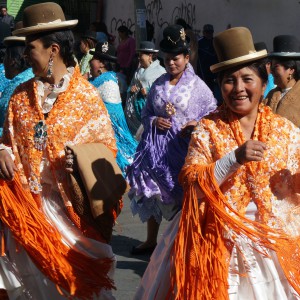
On arrival into Santa Cruz (typically in the very early morning) you will be met by a Travel the Unknown representative and transferred to your hotel. Meet in the hotel lobby at 10.30am. Spend the rest of the day touring the city, key sites will include Casa de le Culture and both the Ethno-Folkloric and Natural History Museums. Overnight in Santa Cruz.
Meal plan: Breakfast

Depart Santa Cruz and travel to Concepción. Stop en route at Jesuit Missions, where you will visit the Jesuit Mission of San Javier. Overnight in Concepción.
Meal plan: Breakfast & lunch

Spend the morning visiting Concepción. Later, take a tour a crafts workshop, before visiting Concepción museum and the orchid garden. Enjoy a classical music display from local children and return to Santa Cruz. Overnight in Santa Cruz.
Meal plan: Breakfast & lunch
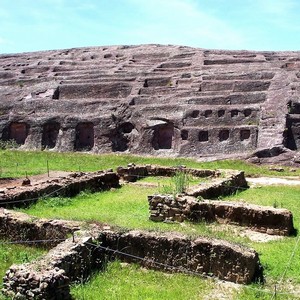
Rise early for transfer to Samaipata and spend the day exploring the archeological site. Later, enjoy a tour of Uvairenda Winery before returning to Santa Cruz. Overnight in Santa Cruz.
Meal plan: Breakfast & lunch
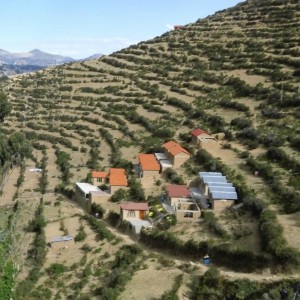
Transfer to the airport for flight to Cochabamba. On arrival, travel to visit Pairumani. Sights will include the Santa Teresa Church, Palacio Portales, the 'Heroines of the Coronilla' Monument and the Christ of the Concordia. Overnight in Cochabamba.
Meal plan: Breakfast & lunch
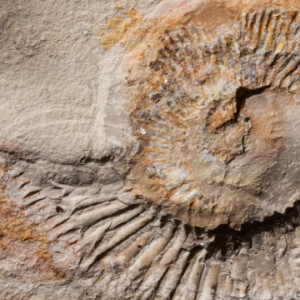
Transfer to Toro Toro National Park, passing through the villages of Tarata and Anzaldo. Travel to Umajalanta, where you will spend the afternoon touring the cave, before continuing your journey to Toro Toro. Overnight in Toro Toro.
Meal plan: Breakfast & lunch

Spend the day exploring Toro Toro National Park. Walk along the Toro Toro River and look out for dinosaur prints at Toro Toro Canyon. Travel to El Vergel, where you have the opportunity to swim in natural pools. Overnight in Toro Toro National Park
Meal plan: Breakfast & lunch

Depart Toro Toro and travel to visit the archeological site of Siete Vueltas. Continue to Cochabamba for overnight.
Meal plan: Breakfast & lunch
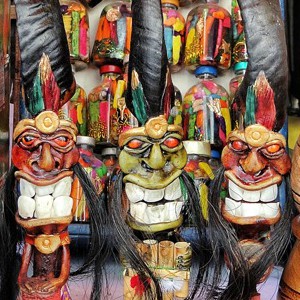
Transfer to Cochabamba airport for flight to La Paz. On arrival, spend the rest of the day touring the city of La Paz. Highlights will include San Francisco Church, the Witches' Market and the Plaza Murillo. Later, travel to the southern zone of La Plaz where you can buy local alpaca clothing. Overnight in La Paz.
Meal plan: Breakfast & lunch
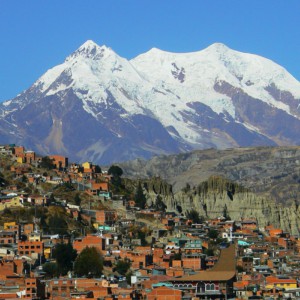
Rise early to visit the mañaneras (early morning markets) and watch them at work. Travel up to El Alto City to see the Cholets of the Aymara nouveau riche. Later, enjoy views of the city from above as you take a cable car to Cemetery Station. Have a meal of fresh trout at the Fish Market, before returning to your hotel. Overnight in La Paz.
Meal plan: n/a
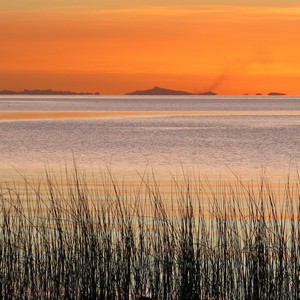
Travel to Lake Titicaca, enjoying views of the Cordillera Real Mountain Range. Stop in Huatajata village to visit the Paulino Esteban Museum. Later, travel by boat to Pariti Island where you will learn more about Tiahuanaco culture. Continue your journey on to Isla de Quewaya, before returning to Huatajata. Return to La Paz for overnight.
Meal plan: Breakfast

Travel to the archeological site of Tiahuanaco, where you will see examples of Tiahuanaco culture including the Gateway of the Sun, the Pyramid of Akapana, the Temple of Kalasasaya and the Semi-Subterranean Temple. Take a tour of the museum, before later visiting Pumapunku Pyramid. Return to La Paz, stopping en route at Laja village. Overnight in La Paz.
Meal plan: Breakfast

Depart La Paz and take the old road to Coroico, enjoying dramatic scenery and panoramic views along the way. On arrival in Coroico you will visit coffee, coca and citrus fruit plantations. Visit the local market and stop off at the town's lookout point, before returning to your hotel. Overnight in Coroico.
Meal plan: n/a
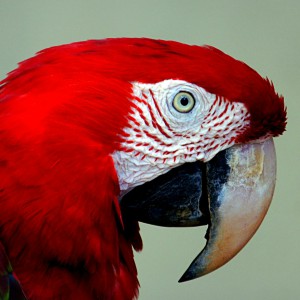
Transfer to the Cotapata National Park where you will visit the Senda Verde Wildlife Refuge. Visit the nearby Afro-Bolivian communities, before travelling to La Paz. Overnight in La Paz.
Meal plan: Breakfast
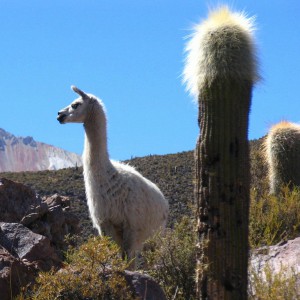
Travel to the iconic Uyuni Salt Flats, stopping en route to visit the settlement of Colchani. See giant cacti, birds and vizcachas on Isla del Pescado. Spend the rest of the day touring the salt flats, staying to watch the sunset. Overnight in Uyuni.
Meal plan: Breakfast & dinner
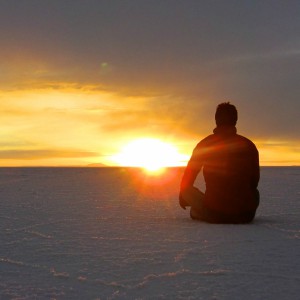
Explore more of the salt flats of the Uyuni region. Take a tour in the Chantani Museum, see Tunupa Volcano and visit the Coquesa Mummies. Return to La Paz for overnight.
Meal plan: Breakfast & lunch

Transfer to the airport for departure flight.
Meal plan: Breakfast
Discover Bolivia through its sweet and savoury treats
Take on Bolivia's adventure activities
Lost missions, Inca ruins, cloud forests & remote canyons
Colonial towns, salt flats, cloud forests & sublime lakes